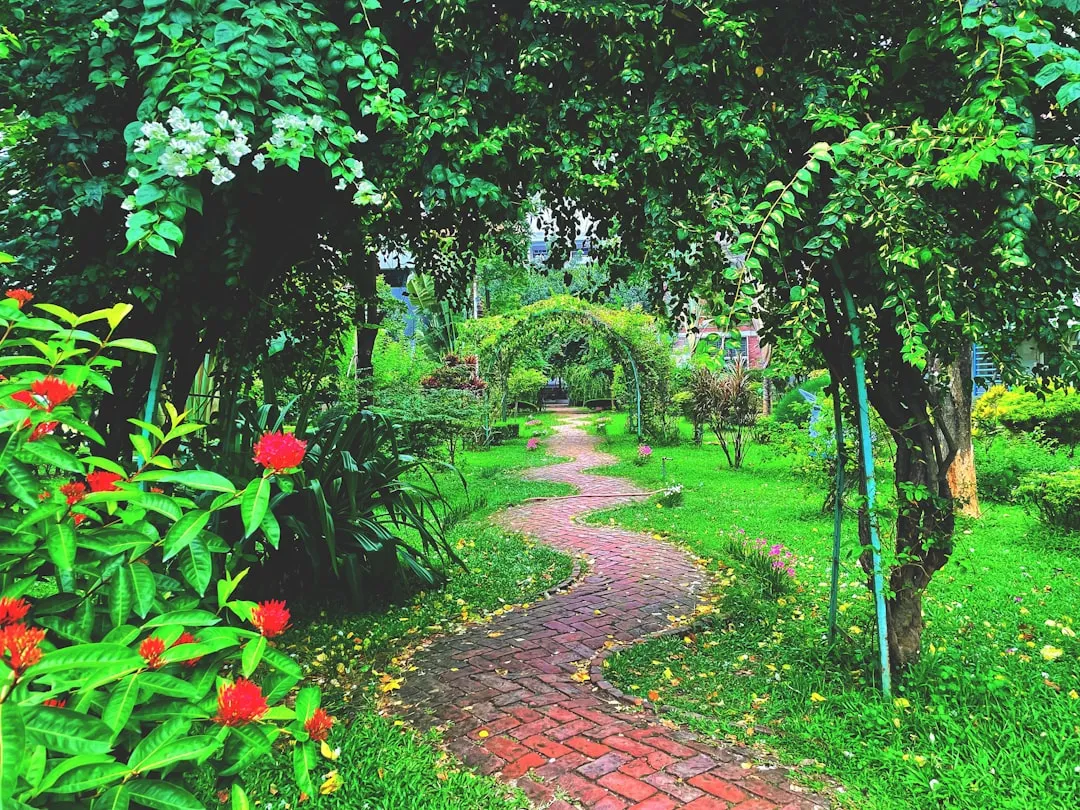Unveiling the Beauty and Care of Ajuga: A Colorful Groundcover Gem

Flowers have always held a special place in the hearts of gardening enthusiasts, and among the vast array of floral wonders, ajuga stands out as a remarkable flowering groundcover. With its wide range of foliage colors, ajuga adds a splash of vibrancy and charm to any garden. In this article, we will delve into the world of ajuga, exploring its characteristics, care requirements, and why it is a popular choice for many gardeners.
Ajuga, also known as bugleweed, is a perennial plant that forms a dense carpet of foliage. Its leaves come in various shades, including green, bronze, purple, and variegated combinations. This diversity in color makes ajuga a visually appealing addition to gardens, borders, and even containers. Whether you prefer a monochromatic look or a mix of colors, ajuga can be easily incorporated into your landscape design.
One of the key features of ajuga is its ability to spread quickly and form a thick mat of foliage. This makes it an excellent choice for filling in bare areas and suppressing weeds. However, it's important to note that ajuga doesn't handle foot traffic well. So, if you're looking for a groundcover that can withstand heavy use, you may need to consider other options. But for areas where people don't frequently walk, ajuga is a great choice.
When it comes to caring for ajuga, it's relatively low-maintenance. Here are some essential tips to keep in mind:
1. Sunlight Requirements
Ajuga thrives in partial to full shade. While it can tolerate some sun, especially in cooler climates, too much direct sunlight can cause the foliage to fade or scorch. So, it's best to plant ajuga in areas that receive dappled sunlight or morning sun and afternoon shade. This will ensure that the plant maintains its vibrant color and healthy growth.
2. Soil Conditions
Ajuga prefers well-drained soil that is rich in organic matter. It can tolerate a wide range of soil types, including clay, loam, and sandy soil. However, it's important to ensure that the soil doesn't become waterlogged, as this can lead to root rot. To improve soil drainage, you can add compost or peat moss to the planting area. This will help create a loose, fertile soil environment that is ideal for ajuga growth.
3. Watering
Once established, ajuga is relatively drought-tolerant. However, it still requires regular watering, especially during hot, dry periods. Water the plant deeply and infrequently to encourage deep root growth. Avoid overwatering, as this can lead to fungal diseases and other problems. A good rule of thumb is to water ajuga when the top inch of soil feels dry to the touch.
4. Fertilization
Ajuga doesn't require heavy fertilization. A light application of a balanced, slow-release fertilizer in the spring is usually sufficient to promote healthy growth. You can also add a layer of compost or organic mulch around the base of the plant to provide additional nutrients and help retain soil moisture. Avoid using high-nitrogen fertilizers, as this can cause the plant to produce excessive foliage at the expense of flowers.
5. Pruning
Pruning ajuga is not necessary, but it can help maintain a neat and tidy appearance. You can trim back any dead or damaged foliage in the spring or fall. You can also remove any flower spikes after they have finished blooming to encourage new growth. However, be careful not to over-prune, as this can damage the plant and reduce its overall health.
6. Pest and Disease Control
Ajuga is generally resistant to pests and diseases. However, it can be susceptible to some common problems, such as aphids, slugs, and powdery mildew. To prevent these issues, keep the plant healthy by providing proper care and maintenance. You can also use natural pest control methods, such as spraying the plant with a mixture of water and dish soap or using beneficial insects to control pests. If necessary, you can use a fungicide or insecticide to treat severe infestations.
In addition to its aesthetic appeal and low-maintenance nature, ajuga also has some practical uses. It can be used to prevent soil erosion on slopes and banks, as its dense foliage helps hold the soil in place. It can also be used as a groundcover under trees and shrubs, where it can help suppress weeds and add a touch of color to the landscape.
Overall, ajuga is a versatile and beautiful flowering groundcover that is well-suited for a variety of garden settings. Whether you're looking to add a splash of color to your garden, fill in bare areas, or prevent soil erosion, ajuga is a great choice. By following the care tips outlined in this article, you can ensure that your ajuga plants thrive and provide years of beauty and enjoyment.
So, if you're looking for a new addition to your garden, consider planting ajuga. With its wide range of foliage colors, easy care requirements, and practical uses, it's sure to become a favorite in your landscape.